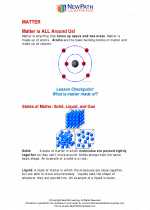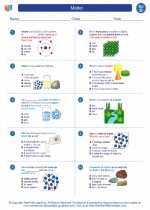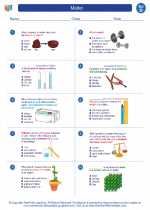Seismic Waves
Seismic waves are waves of energy that travel through the Earth's layers, and they are usually caused by the movement of the Earth's crust. These waves are produced by earthquakes, volcanic eruptions, or other sources of energy release within the earth. There are three main types of seismic waves: P-waves, S-waves, and surface waves.
P-Waves (Primary Waves)
P-waves are the fastest seismic waves and are the first to arrive at a seismograph after an earthquake. They are also known as primary waves because they are the first type of wave to be detected. P-waves are compressional waves, which means they cause particles in the ground to move back and forth in the same direction as the wave is traveling. These waves can travel through solids, liquids, and gases.
S-Waves (Secondary Waves)
S-waves are the second-fastest seismic waves and arrive at the seismograph after P-waves. They are also known as secondary waves because they are the second type of wave to be detected. S-waves are transverse waves, which means they cause particles in the ground to move up and down perpendicular to the direction of the wave. These waves can only travel through solids and not through liquids or gases.
Surface Waves
Surface waves are the slowest of the three types of seismic waves and travel along the Earth's surface. They are responsible for the most damage during an earthquake because they cause the ground to shake from side to side and up and down. There are two types of surface waves: Love waves, which move side-to-side, and Rayleigh waves, which move in a rolling motion.
Study Guide
- What are seismic waves and what causes them?
- What are the three main types of seismic waves?
- What are the characteristics of P-waves?
- What are the characteristics of S-waves?
- What are surface waves and how do they differ from P-waves and S-waves?
- Which type of seismic wave is the fastest? The slowest?
- Which type of seismic wave is responsible for the most damage during an earthquake?
Understanding seismic waves is important for understanding the behavior of earthquakes and how they can impact the Earth's surface. It is also crucial for developing methods to monitor and predict seismic activity, which can help keep people safe in earthquake-prone areas.
[Seismic Waves] Related Worksheets and Study Guides:
.◂Science Worksheets and Study Guides Fourth Grade. Matter

 Worksheet/Answer key
Worksheet/Answer key
 Worksheet/Answer key
Worksheet/Answer key
 Worksheet/Answer key
Worksheet/Answer key
 Worksheet/Answer key
Worksheet/Answer key
 Vocabulary/Answer key
Vocabulary/Answer key
 Vocabulary/Answer key
Vocabulary/Answer key
